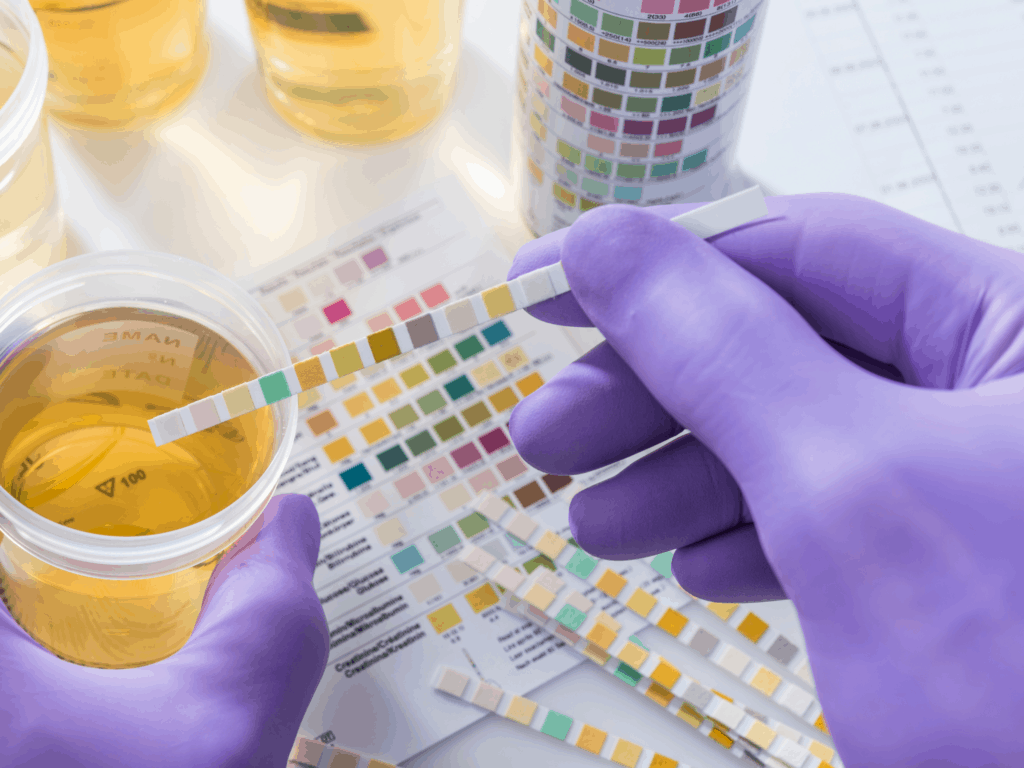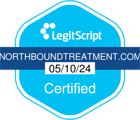A urine test is one of the most effective ways to determine if an individual has been using drugs or not. This kind of testing is extremely common, as it is one of the easiest ways to pinpoint a user’s drug(s) of choice.
Urine tests are able to identify a large number of drugs in an individual’s system, but they’re not perfect, and can’t detect every possible substance.
What Drugs Show Up in a Urine Test?
There are a number of commonly used drugs that show up in a urine test, including:
- Alcohol
- Amphetamines
- Barbiturates
- Benzodiazepines
- Marijuana
- Cocaine
- Codeine
- Morphine
- Heroin
- Methamphetamine
- PCP (Angel Dust)
Each drug can be detected within a specific period of time, with some drugs remaining in the body long enough to be detected 40 days after an individual’s initial use and others only being present for a few hours.
What Kinds of Urine Tests are There?
Now that we have answered what drugs show up in a urine test, it is also important to know that there are many different ways to be tested other than just urinating into a cup in a lab. There are three main types of ways to test urine, and show what kinds of drugs show up in a urine test — Home drug tests, EMIT, and GCMS.
Home Drug Tests
Home drug tests can be purchased online and in stores like CVS, Walgreens, and Walmart. They’re most commonly used by individuals on parole, parents who want to test their children, and by people who receive random drug testing at work.
Home Drug Tests are usually a single panel drug screen, meaning they only test for one category or type of substance at a time. For example, a single panel opiate drug test wouldn’t pick up marijuana or any other non-opiate substance in the urine test. Want to learn more? Read about how accurate at home drug test are.
EMIT
EMIT is the most commonly used form of urine testing in the workplace. EMIT tests contain antibodies that bind to either the present substance or its metabolites (by-products of the body metabolising the substance in question). The bound antibodies are detected via enzymes, radioisotopes, or fluorescent compounds that cause the urine sample to change color. If the sample does not change color, then the substance being tested for is not present.
GCMS
GCMS —Gas Chromatography-Mass Spectrometry— is typically the most advanced drug testing method used. GCMS can be used to detect all sorts of substances, from illicit drugs to investigations to space exploration. By changing the sample, usually a urine sample for a drug test, into a gas, even trace amounts of substances can be detected by professionals.
Overview
Urine tests such as home drug tests, EMIT, and GCMS are the most commonly used urine tests to determine what drugs are in your system.
In addition, those who are using drugs such as cocaine, marijuana, opioids, alcohol, amphetamines, etc., are the most likely to fail one or more of these drug tests, particularly single panel and smaller panel tests because they are designed to display certain panels and classes of drugs.
If you or someone you love is abusing one or more of these drugs, it is important that you reach out for help today so they don’t fail a random drug test at work, or a similar situation, and suffer the consequences before getting a chance to overcome their problem.
Author
-

President, CEO & Founder at Northbound Treatment Network
Paul Alexander is the CEO, President & Founder of Northbound Treatment Network in Newport Beach, California. He believes wholeheartedly in transformational leadership, organizational health and effective, fully integrated substance use disorder and mental health treatment. With over 27 years of experience in behavioral healthcare, Paul has extensive knowledge of “in vivo” treatment modalities, clinical development, operations, strategy, marketing and financial planning. He has been widely recognized for his development of collegiate-based residential treatment programs for students in recovery and authored a research study at The University of California confirming this modality’s effectiveness.
Paul’s comprehensive professional experience, willingness to innovate, and emphasis on organizational health are vital factors in Northbound’s continued success. Paul received his Certified Addiction Treatment Specialist training at Saddleback College in Mission Viejo, CA, and was awarded Outstanding Alumni Service Award in 2002. Paul holds a Bachelor of Arts degree in Criminology, Law and Society, Summa Cum Laude, from University of California, Irvine, and a Juris Doctorate degree from Loyola Law School of Los Angeles. Paul currently serves on The National Association of Addiction Treatment Providers (NAATP) board. In addition, he serves on The Family Recovery Foundation board and The CarePossible board in Orange County; both organizations are committed to raising funds for family recovery and treatment for former military personnel. Paul is in recovery himself and lives in Orange County with his wife Silvana and his two young sons, Noah and Dean.










